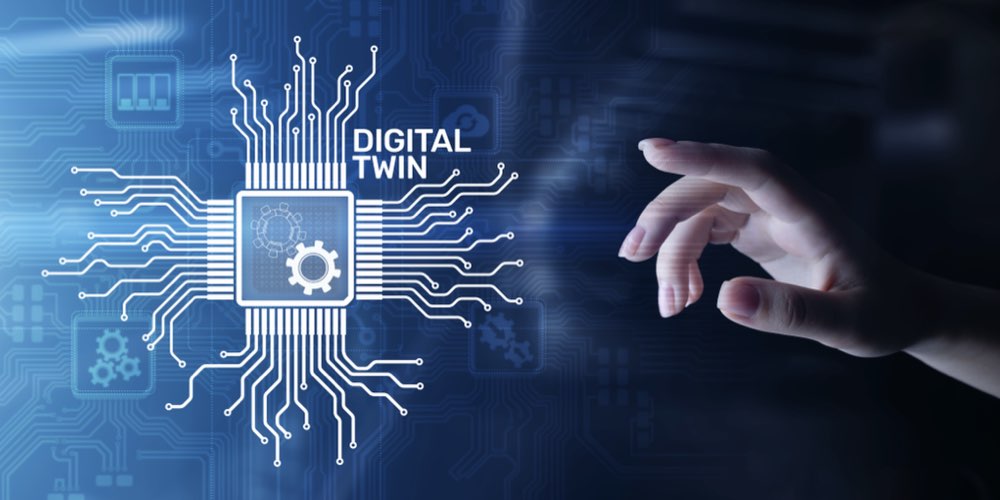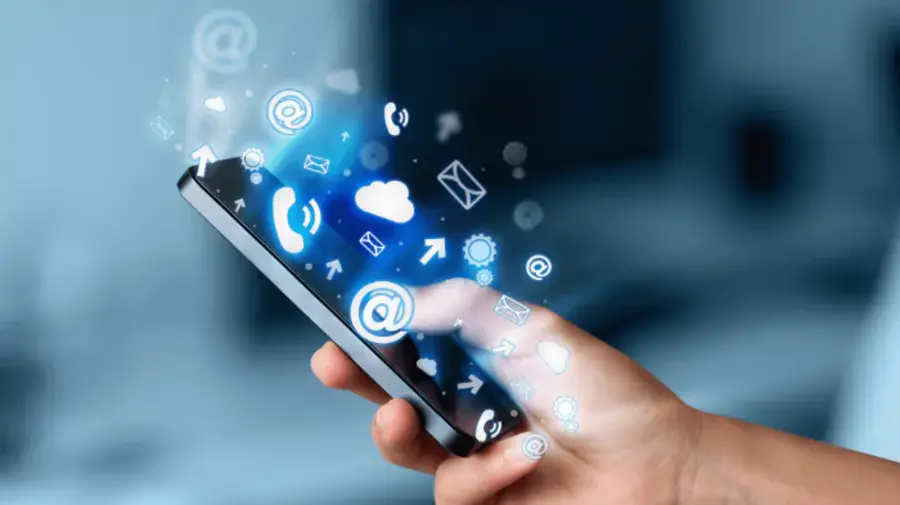What is a digital twin? Industrial Uses and Advantages
A digital twin is an innovative technology that creates a virtual replica of a physical object, system or process. In today’s rapidly digitizing world, industries are using this technology to optimize operations, reduce costs and develop innovative solutions. Whether it’s a production line, an aircraft engine or a city infrastructure, digital twin technology empowers data-driven decision-making by enabling virtual modeling of real-world assets.

What is a digital twin?
A digital twin is a virtual representation of a physical asset (e.g. a machine, vehicle or building) powered by real-time data. This virtual model leverages technologies such as sensors, Internet of Things (IoT), artificial intelligence and data analytics to simulate the behavior, performance and state of the physical asset. The system is continuously updated and analyzed throughout the physical asset’s lifecycle so that users can monitor performance, predict potential failures and assess optimization opportunities.
For example, a virtual model of a wind turbine can optimize maintenance scheduling by analyzing the turbine’s operating data (wind speed, rotational speed, energy production) in real time. This technology allows industries to become smarter, efficient and sustainable.
Key Features of the Technology
This technology is characterized by a few key features:
Real-Time Data Integration: Data from the physical asset through sensors and iot devices is continuously transferred to the virtual model. This ensures that the model is always up to date.
Simulation and Analysis: The virtual model offers the possibility to test different scenarios by simulating the behavior of the physical asset. For example, different production strategies can be tested on a production line.
Artificial Intelligence and Machine Learning Support: Analyzes large data sets to make predictions and support automated decision-making processes.
Connected Systems: Can optimize an entire ecosystem by working integrated with other systems. For example, all the machines of a factory can work synchronously.
Areas of Use in Industry
This technology has a wide range of uses in different industries. here are some important areas of use:
1. Production and manufacturing
It is widely used to optimize production processes. In factories, virtual models of production lines can be created to increase productivity, reduce downtime and lower maintenance costs. For example, in an automobile production line, the performance of each machine can be monitored and potential failures can be identified in advance. This minimizes production downtime and saves costs.
2. Energy Sector
In the energy sector, virtual models are used for assets such as wind turbines, solar panels or power plants. These models provide critical data to optimize energy production, plan maintenance processes and improve energy efficiency. For example, a virtual model of a wind turbine can accurately determine the timing of maintenance by analyzing the state of wear.
3. Automotive and Aviation
In the automotive and aerospace industries, it is used in the design, production and maintenance processes of vehicles and aircraft. A virtual model of an aircraft engine can continuously monitor its performance, predicting potential failures and optimizing maintenance processes. In addition, prototypes of new vehicle designs are tested, speeding up development processes.
4. Health Sector
In the healthcare sector, it offers patient-oriented solutions. For example, by creating a virtual model of a patient’s organs, treatment processes can be simulated and personalized treatment plans can be developed. Also, the performance of medical devices can be monitored.
5. Smart Cities
In smart city projects, it is used to manage city infrastructure. For example, by creating a virtual model of a city’s traffic system, energy grid or water distribution network, resources can be used more efficiently. This can reduce traffic congestion, optimize energy consumption and improve urban planning.
Advantages of the technology
It provides countless benefits to industries. here are the most prominent advantages:
Productivity Increase: Increases operational efficiency by optimizing processes.
Cost Savings: Early detection of potential failures reduces maintenance and repair costs.
Fast Decision Making: Real-time data and simulations enable faster and more accurate decisions.
Product Development: Design and testing processes of new products are accelerated and costs are reduced.
Sustainability: Reduces environmental impact by optimizing energy and resource use.
Future of Technology
It continues to be one of the cornerstones of Industry 4.0 and digital transformation. Advances in AI, 5G, IoT and big data technologies are further enhancing its capabilities. In the future, it is expected to model more complex systems, develop fully autonomous systems and enable broader integration across industries.
For example, by creating a virtual model of an entire factory, all operational processes can be managed on a single platform. Moreover, as the technology becomes more widespread, small and medium-sized enterprises will have greater access and digital transformation will become more inclusive.
In conclusion, digital twin technology has become an indispensable tool for modern industries. From manufacturing to energy, health to smart cities, this technology offers significant advantages such as efficiency, cost savings and sustainability. In the future, it is expected to become even more widespread and continue to transform industries. You can gain a competitive advantage by utilizing this technology in your business’ digital transformation journey.


